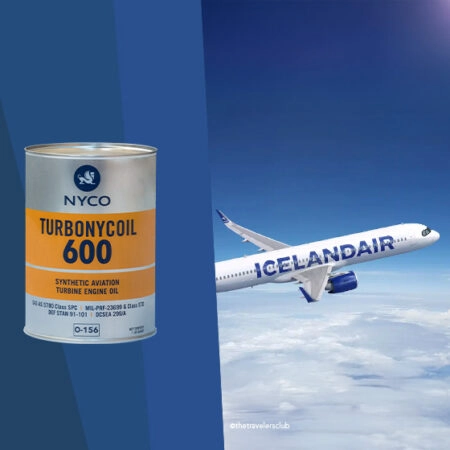Your personal data is processed by Nyco, the data controller, for the purpose of sending you our newsletters, subject to your consent. You may withdraw your consent at any time by using the unsubscribe link included in all our communications. To find out more about your data and your rights, please consult
our privacy policy. 